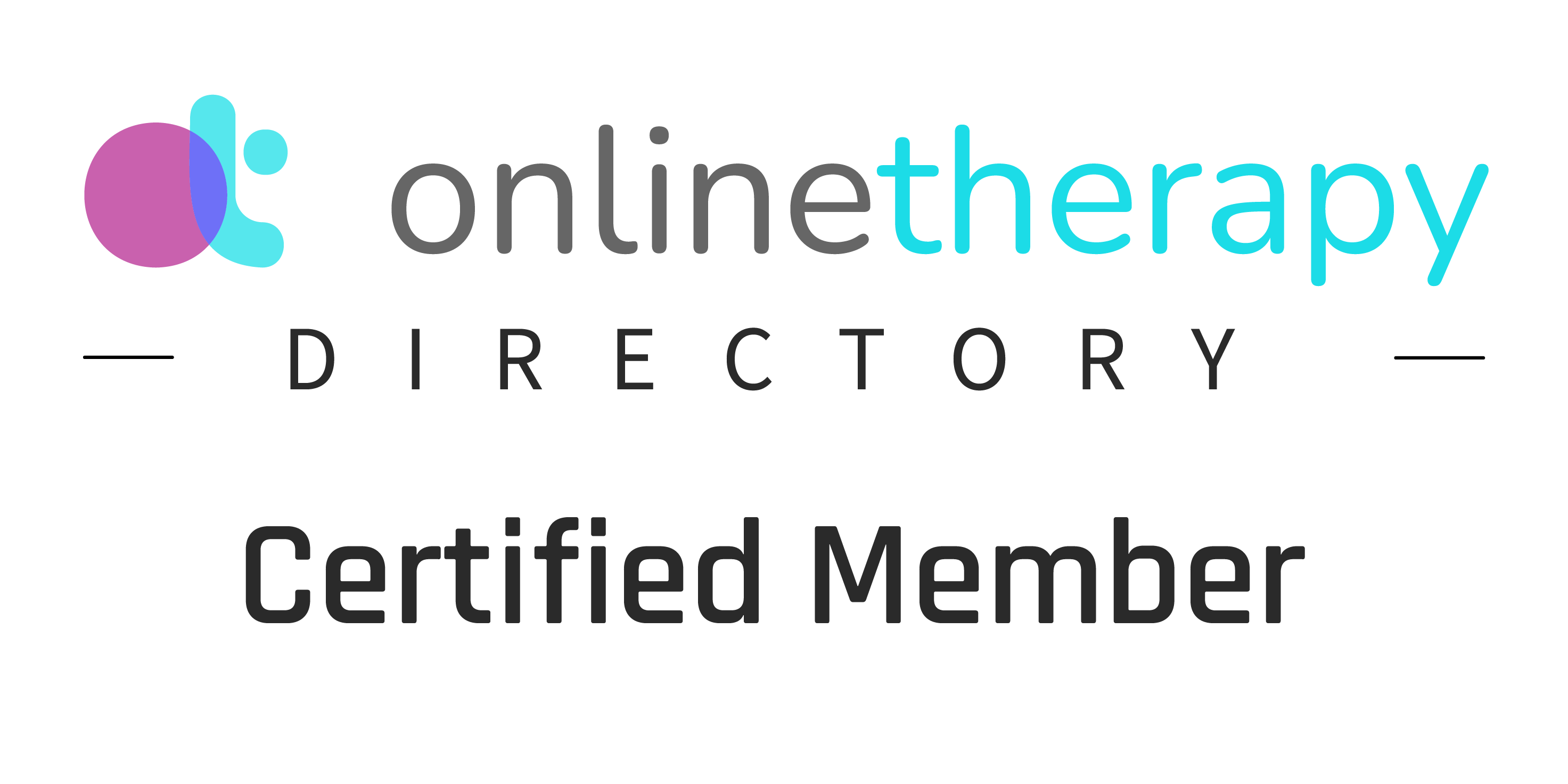Before You Speak, T.H.I.N.K.: The Power of Mindful Communication
The world of instant messaging and real-time conversations has undoubtedly made communication more accessible than ever. However, it has also made it all the more critical for us to pause and reflect on the words we use. The acronym T.H.I.N.K provides a simple yet potent framework for fostering mindful communication. It stands for Truth, Helpfulness, Inspiration, Necessity, and Kindness. This article will delve into each component of the T.H.I.N.K method, illustrating how it can enhance interpersonal relationships and self-esteem.
T - Truthfulness: The First Pillar of Mindful Communication
In any dialogue, the authenticity of information shared is of paramount importance. In an age riddled with disinformation, the onus of sharing truthful information is more significant than ever. Truthfulness in personal relationships and professional settings is fundamental. Sharing accurate, honest information builds trust and credibility, which are essential for healthy relationships and professional integrity.
Truthfulness in Personal Relationships: Being truthful in personal relationships fosters trust, which is the cornerstone of any relationship.
Truthfulness in Professional Settings: In a professional context, conveying accurate information is crucial to maintaining professionalism and making informed decisions.
H - Helpfulness: Adding Value to Conversations
The second pillar of the T.H.I.N.K. method involves contemplating if what you are about to say will add any value to the conversation. The helpfulness aspect of T.H.I.N.K. prompts us to consider the value our words add to a conversation. By focusing on constructive feedback and supportive dialogue, we can promote growth and strengthen bonds in both personal and professional contexts.
Promoting Growth Through Helpfulness: Constructive feedback can be a catalyst for personal and professional growth.
Strengthening Bonds Through Helpfulness: Helpful words can bolster relationships, making them more supportive and resilient.
I - Inspiration: The Power of Uplifting Words
Our words have the capacity to inspire and motivate. Conversely, the words we choose can also prove to be discouraging. Before speaking, reflecting on whether our words can uplift and encourage others is essential. Inspirational communication can be a driving force for positive change and personal development.
The impact of inspirational communication can provide encouragement in challenging times through fostering self-belief & confidence. Ultimately, this can be the catalyst for change that is needed to create an environment that promotes growth, support, and creativity.
Fostering Motivation Through Inspiration: Inspirational words can be a powerful motivator, pushing individuals to strive for their goals.
Positive Influence Through Inspiration: Becoming a source of inspiration can have a positive ripple effect, creating a supportive and motivating atmosphere.
N - Necessity: The Art of Mindful Silence
In an era of information overload, it's important to discern when it's best to speak and when it's better to listen—understanding the value of silence is crucial. Necessity in communication involves discerning when it is more impactful to listen rather than speak. By prioritizing necessary and meaningful dialogue, we can enhance the effectiveness and impact of our communication but also foster a deeper sense of connection and understanding with those we interact with.
This deliberate and thoughtful approach to conversation allows the person you're speaking with to truly feel heard and appreciated. Active listening involves more than just not speaking; it's about fully engaging with the other person's words, acknowledging their feelings, and responding in a way that validates their experiences. This level of attentiveness can significantly deepen interpersonal relationships.
Avoiding Overcommunication Through Necessity: Speaking only when necessary can be a refreshing change in our excessively noisy world.
Enhancing Impact Through Necessity: By focusing on the necessity of words, your communication can carry more weight and have a greater impact.
K - Kindness: The Transformative Power of Compassionate Words
The last pillar of T.H.I.N.K. is kindness. Kind words can work wonders, healing wounds, bridging gaps, and fostering relationships. The emotional impact of kind words is profound, with the potential to brighten someone's day and create a welcoming and positive environment.
Emotional Impact of Kindness: Kind words can significantly impact someone's emotional state, brightening their day.
Creating a Positive Environment Through Kindness: A kind word can shift the overall tone of a conversation, creating a more positive and welcoming atmosphere.
Implementing T.H.I.N.K. in Everyday Life
Personal Relationships: Applying T.H.I.N.K. can deepen connections, prevent misunderstandings, and foster a nurturing environment for emotional growth.
Professional Environment: In the workplace, T.H.I.N.K. promotes a culture of respect, thoughtful engagement, and constructive feedback, enhancing teamwork and productivity.
Social Media: On social media, where tone and intent can easily be misconstrued, T.H.I.N.K. serves as a crucial tool for maintaining respectful and meaningful interactions.
The T.H.I.N.K. approach is a powerful tool for mindful communication.
In a fast-paced world, it serves as a reminder to pause and consider our words carefully. Remember, every word we speak or write has the potential to impact others. Therefore, making those words count in a positive way is a step towards more compassionate and understanding interpersonal relationships.
In the context of mindful communication, relationships can flourish when we T.H.I.N.K before we speak. By embracing this mindful communication strategy, we not only strengthen our relationships but also enhance our self-esteem, becoming more aware of the power our words hold. Every conversation is an opportunity to practice T.H.I.N.K., leading to more meaningful connections and a more empathetic world.














